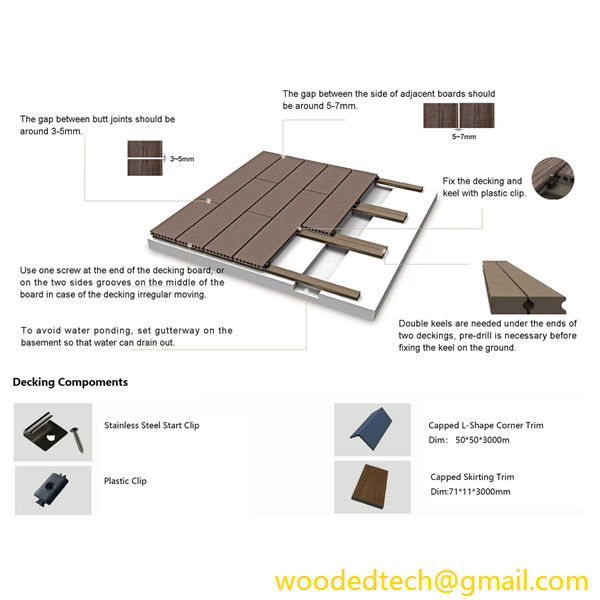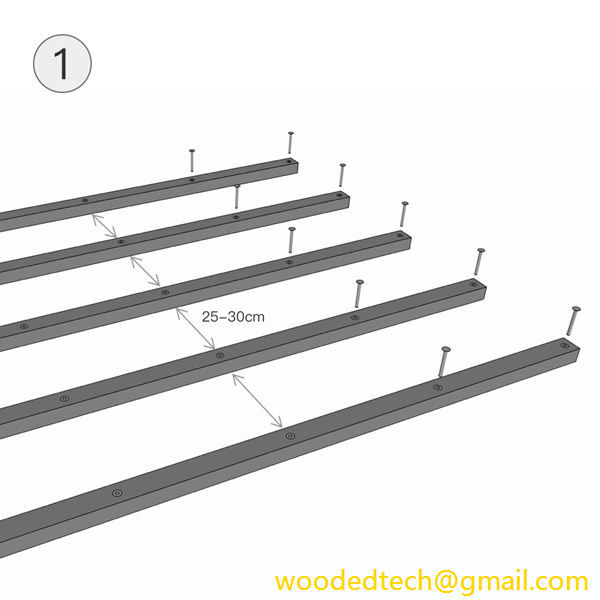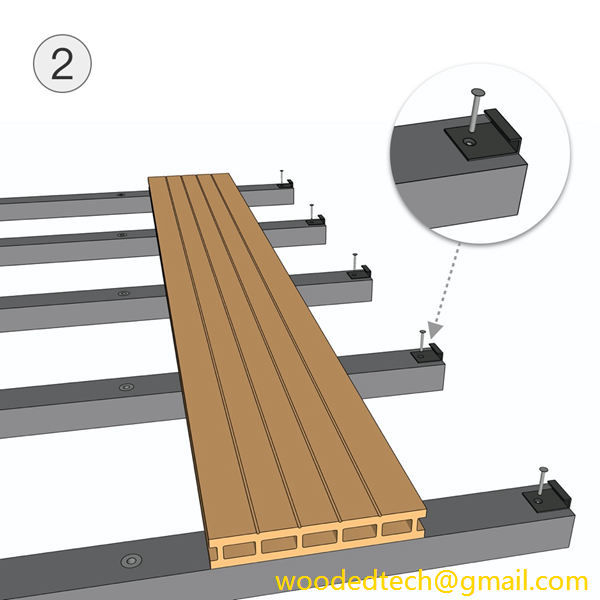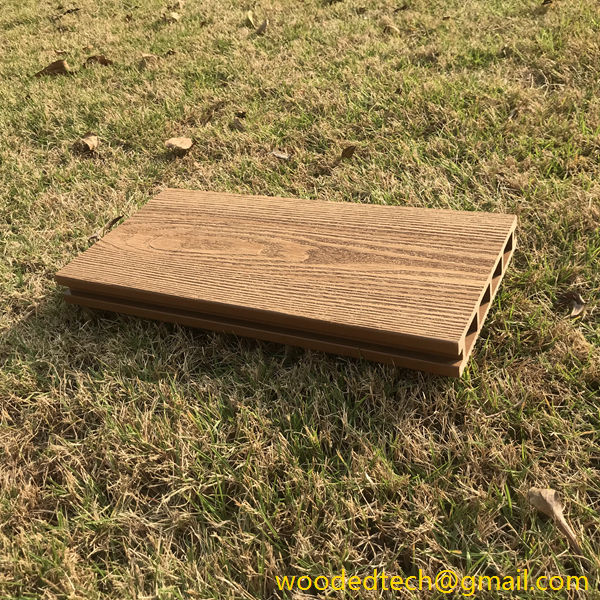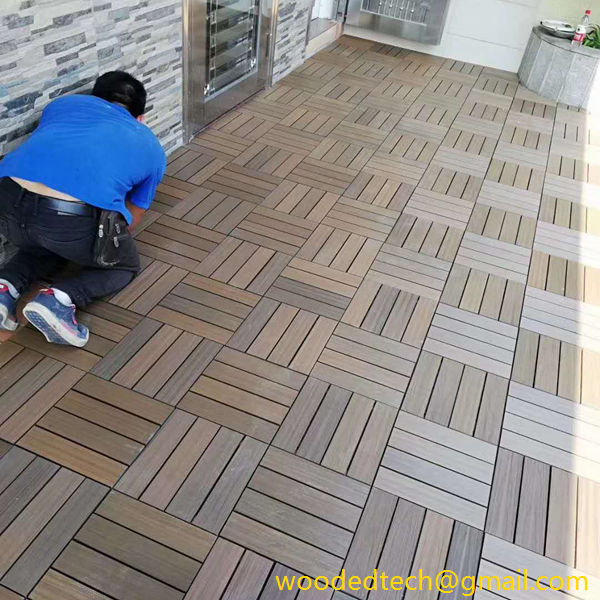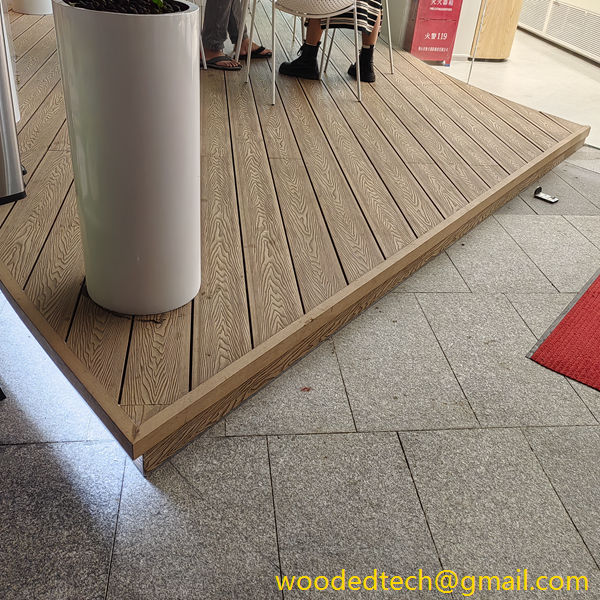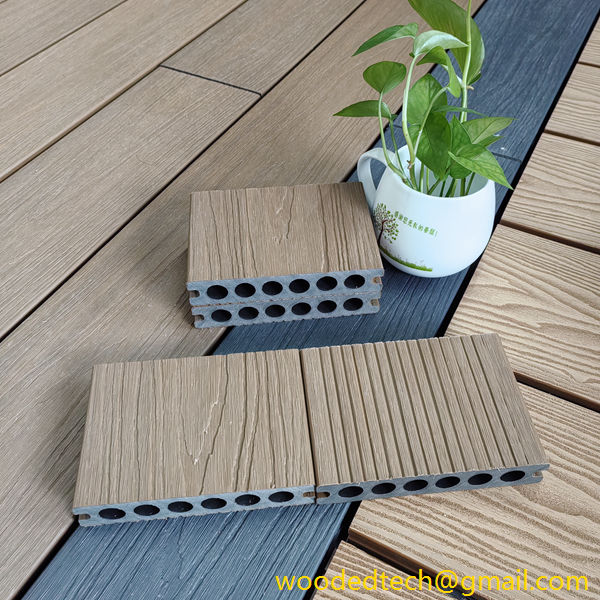Joist Spacing for Composite Decking: Best Practices
Joist Spacing for Composite Decking: Best Practices When considering the construction of a composite decking system, one of the critical factors that can significantly influence the durability and aesthetic appeal of the deck is joist spacing. Properly spaced joists not only provide structural support for the decking material but also ensure that the deck remains…
Joist Spacing for Composite Decking: Best Practices
When considering the construction of a composite decking system, one of the critical factors that can significantly influence the durability and aesthetic appeal of the deck is joist spacing. Properly spaced joists not only provide structural support for the decking material but also ensure that the deck remains stable and visually appealing over time. Understanding the best practices regarding joist spacing for composite decking can lead to a successful installation that meets both safety standards and personal design preferences.
Composite decking has gained popularity due to its durability, low maintenance requirements, and environmental benefits. Made from a blend of wood fibers and plastic, composite materials are resistant to rot, warping, and insect damage, making them an excellent choice for outdoor spaces. However, ensuring that these materials are installed correctly is crucial to maximizing their lifespan and performance.
One of the key considerations when installing composite decking is the spacing of the joists underneath. Joists are the structural components that provide support for the decking boards. The spacing between these joists can vary based on several factors, including the type of composite material used, the intended use of the deck, and local building codes. Typically, joist spacing for composite decking ranges from 12 to 16 inches on center, although some manufacturers might specify different spacing based on their product specifications.
For standard composite decking boards, a common recommendation is to space the joists 16 inches on center. This spacing provides ample support for the boards while allowing for adequate drainage and airflow. Proper drainage is particularly important in outdoor settings, as standing water can lead to mold, mildew, and other issues that can compromise the integrity of the decking material over time. By ensuring that joists are spaced correctly, homeowners can reduce the likelihood of water pooling on the surface of the deck.
In some cases, especially when using wider or thicker composite boards, it may be advisable to reduce the joist spacing to 12 inches on center. This tighter spacing can provide additional support and minimize the risk of sagging or bending, particularly in high-traffic areas. It is essential to refer to the manufacturer’s guidelines when determining the appropriate spacing for the specific composite decking product being used. Each manufacturer may have different recommendations based on the design and composition of their materials.
Another significant factor to consider is the climate in which the deck will be installed. In regions with heavy snowfall or high humidity, additional support may be necessary to prevent structural issues. In these areas, spacing joists closer together can help distribute weight more evenly and reduce the risk of sagging under the weight of snow or excessive moisture. Moreover, it is essential to consider local building codes, which may have specific requirements regarding joist spacing based on environmental conditions.
Beyond structural considerations, the aesthetics of the deck can also be influenced by joist spacing. Properly spaced joists ensure that the decking boards are supported evenly, which can prevent warping and uneven surfaces. This attention to detail can enhance the overall appearance of the deck, making it more visually appealing and inviting. Homeowners often invest in quality composite decking not only for its practicality but also for its ability to enhance outdoor living spaces. Therefore, achieving a professional look through proper joist spacing is vital.
When preparing for installation, it is also essential to take into account the orientation of the decking boards. Most composite decking products can be installed either perpendicular or parallel to the joists. The chosen orientation can affect the required joist spacing. For example, when decking boards are installed perpendicular to the joists, the standard spacing of 16 inches on center usually suffices. However, if the boards are installed parallel to the joists, additional support may be necessary, and reducing the spacing to 12 inches on center can help maintain structural integrity.
In addition to spacing, the installation technique plays a significant role in the longevity of composite decking. Proper fastening methods, such as using hidden fasteners or deck screws designed for composite materials, can further enhance the stability of the deck. These fastening techniques also contribute to the overall aesthetics by providing a clean, seamless look without visible screws or nails.
Finally, after installation, regular maintenance is essential to preserve the appearance and functionality of composite decking. While composite materials are designed to be low maintenance, periodic cleaning and inspection can help identify any potential issues early on. Ensuring that the deck is free from debris and that drainage systems are functioning correctly can prolong its lifespan and maintain its beauty.
In conclusion, the importance of proper joist spacing in the installation of composite decking cannot be overstated. Adhering to best practices regarding spacing not only ensures the structural integrity of the deck but also enhances its aesthetic appeal and longevity. By considering factors such as the type of composite material, local building codes, climate conditions, and installation techniques, homeowners can create a stunning outdoor space that stands the test of time. With careful planning and attention to detail, a well-constructed composite deck can provide years of enjoyment and increase the value of a home.

